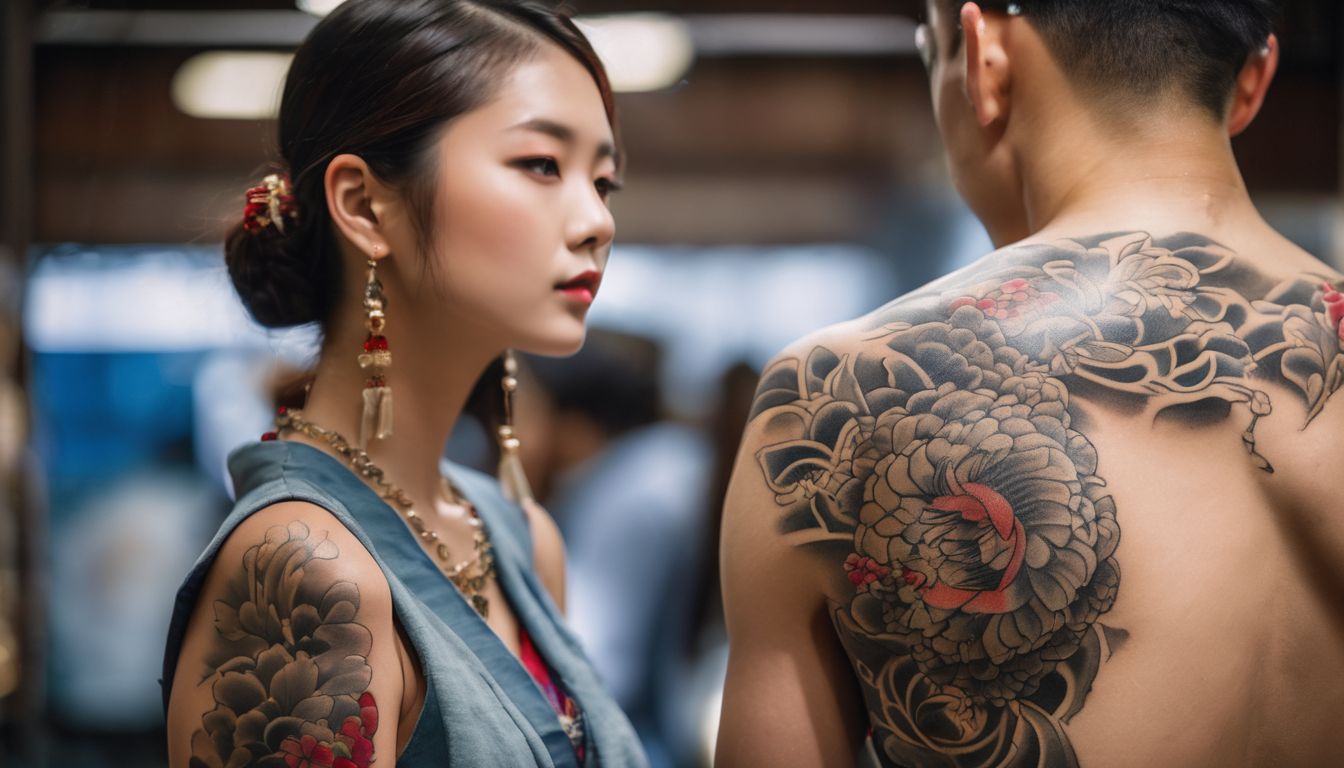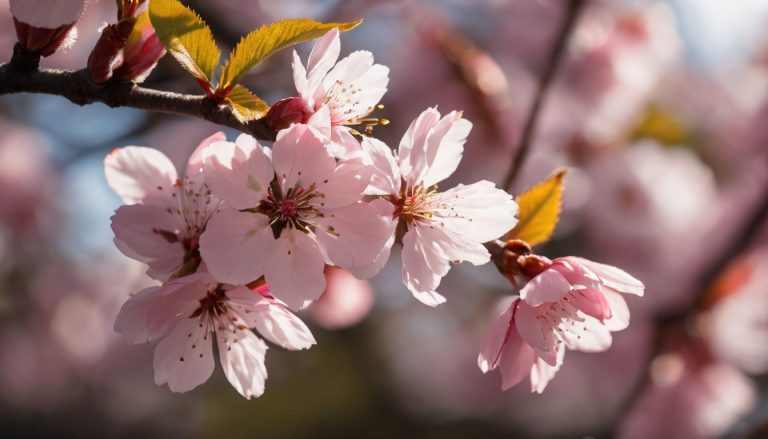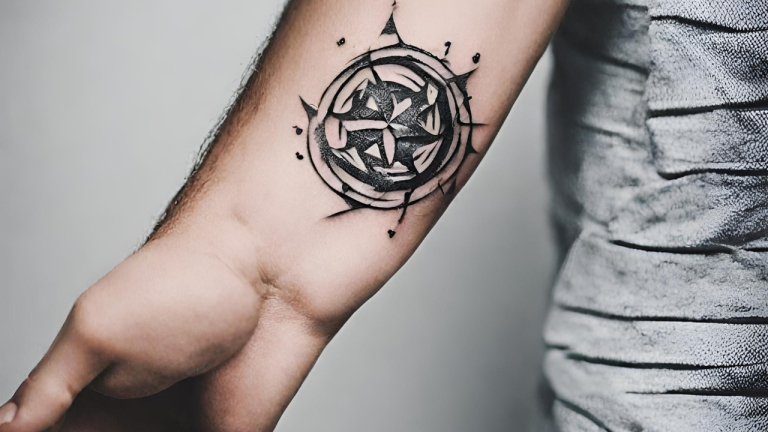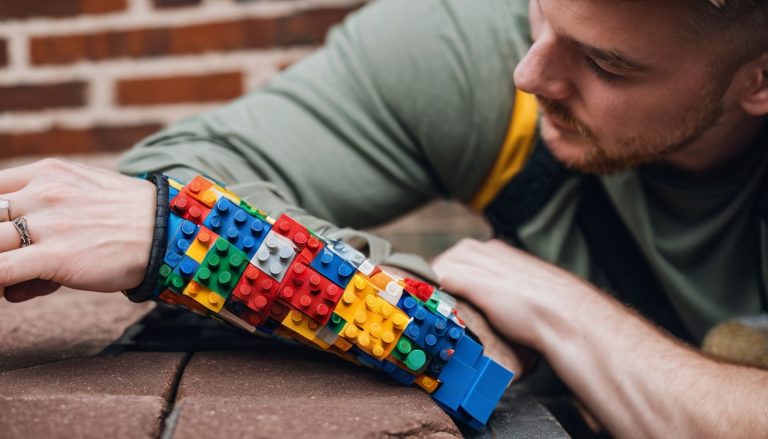Exploring the Cultural Significance of Japanese Sleeve Tattoos
Understanding Japanese Sleeve Tattoos
Japanese style tattoos, also known as irezumi, have a rich cultural significance in Japanese society. With deep roots in history and tradition, these tattoos reflect the values and beliefs of Japanese culture.
Let’s explore the evolution, motifs, and aesthetic of this traditional body art form.
What is a Japanese style tattoo?
A Japanese style tattoo, often referred to as irezumi, is a form of traditional body art that holds deep cultural significance. These elaborate designs cover large portions of the body, like sleeves covering the entire arm or back pieces, and are known for their striking use of color and detail.
Icons such as cherry blossoms, dragons, and koi fish commonly feature in these tattoos. Each symbol carries its own meaning—courage, life struggles overcome, or profound beauty.
Irezumi incorporates elements from Japanese traditional art and often tells a story filled with various motifs that reflect the rich heritage of Japan. Techniques used are distinctive; including tebori (hand carving), which gives unique depth and texture to the designs.
Despite past negative associations with yakuza gangs, these tattoos transcend stereotypes to represent protection and good luck while embracing an ancient tradition in Japanese culture.
They resonate not just as decoration but also embody personal tales intertwined with symbolic meanings deeply rooted in cultural symbolism.
The cultural significance
Traditional Japanese sleeve tattoos hold deep cultural and symbolic meanings, reflecting Japan’s rich heritage. These tattoos are imbued with themes of protection, bravery, and good luck, serving as a form of storytelling through intricate designs.
Despite the negative stigma associated with tattoos in Japan, particularly due to their connection with the yakuza, traditional Japanese sleeve tattoos showcase the country’s art and cultural depth.
With influences from historical art and culture shaping these unique tattoo styles over centuries, irezumi stands as an ancient form of body art that goes beyond aesthetics to represent a profound cultural expression.
The exploration of the cultural significance of Japanese sleeve tattoos unveils insights into Japan’s historical narrative and symbolism within its traditional tattoo culture. Understanding this significance allows for a deeper appreciation of Japan’s artistic heritage and its enduring impact on contemporary body art practices.
Evolution and history
Japanese sleeve tattoos have evolved through centuries, with their roots tracing back to the Edo period. The art of traditional Japanese tattooing, or irezumi, has been influenced by both indigenous Japanese culture and foreign elements.
While these tattoos were originally adorned by warriors as a symbol of bravery and protection, they faced societal stigma due to their association with organized crime groups. Despite this negative perception, the rich heritage and symbolic depth of Japanese sleeve tattoos continue to captivate enthusiasts worldwide.
The historical evolution of Japanese sleeve tattoos is deeply intertwined with Japan’s cultural identity and artistic traditions. From ukiyo-e woodblock prints to contemporary adaptations, the intricate motifs and symbolic meanings reflect a fusion of folklore, mythology, and spiritual beliefs within Japanese society.
Popular Motifs in Japanese Traditional Tattoo Sleeves
Popular motifs in Japanese traditional tattoo sleeves include cherry blossoms, dragons, and koi fish. These designs hold deep cultural and symbolic significance in Japanese art and folklore.
Cherry Blossoms
Japanese sleeve tattoos often feature cherry blossoms as a prominent motif. The cherry blossom, or sakura, holds deep cultural significance in Japanese art and symbolism. These delicate pink flowers symbolize the transient nature of life and the concept of mono no aware, which signifies appreciation for the beauty of impermanence.
In addition to their aesthetic appeal, cherry blossoms also represent renewal, hope, and the ephemeral nature of existence in Japanese culture.
The inclusion of cherry blossoms in traditional Japanese tattoo sleeves reflects a reverence for nature and an acknowledgment of life’s fleeting beauty. The symbolic meaning behind these blooms adds depth to the storytelling aspect inherent in Japanese sleeve designs.
Dragons
Dragons hold a prominent place in traditional Japanese sleeve tattoos, symbolizing strength, wisdom, and protection. This mythical creature is often portrayed in vibrant colors and intricate details, representing resilience and power.
In Japanese folklore, dragons are revered as guardians and bringers of good fortune, making them a popular motif in Irezumi art. Depicting these majestic creatures on the skin serves not only as a visual spectacle but also carries deep cultural significance rooted in Japan’s rich history and mythology.
Historically inspired by ancient tales and legends, dragon-themed tattoos illustrate the enduring connection between Japanese tattoo culture and its mythical heritage. The intricate designs of these powerful creatures evoke a sense of admiration for their symbolism while honoring the age-old traditions that have been integral to Japan’s artistic legacy.
Koi Fish
After exploring the powerful symbolism of dragons in Japanese sleeve tattoos, it’s important to delve into the significance of another popular motif – the koi fish. As a prevalent symbol in Japanese culture, the koi fish embodies resilience, determination, and perseverance.
In traditional Japanese tattoo art, koi fish are often depicted swimming upstream against strong currents or leaping over waterfalls, representing overcoming adversity and achieving success.
The vibrant colors of these aquatic creatures also hold symbolic meaning; for instance, red koi are associated with love and passion while black koi signify overcoming obstacles. Incorporating a koi fish motif into a sleeve tattoo can convey themes of strength, courage, and transformation.
The cultural significance of including a koi fish in Japanese traditional tattoos extends beyond mere aesthetic appeal – it reflects deep-rooted values within Japanese folklore and mythology.
Koi fish are revered for their ability to transform into powerful dragons after successfully conquering their challenging journey upstream. This metamorphosis from humble origins to greatness resonates deeply with individuals seeking to embrace similar attributes through their sleeve tattoos.
The Aesthetic of Japanese Sleeve Designs
Japanese sleeve designs are characterized by a unique blend of techniques, styles, and symbolic meanings that make them visually stunning and culturally significant. If you want to learn more about the artistry behind Japanese sleeve tattoos, keep reading!
Techniques
Japanese sleeve tattoo designs are crafted using a blend of traditional techniques and modern innovations. Artists employ precise line work, shading, and color blending to create intricate and visually striking pieces.
The use of tebori, or hand-poked tattooing, is a traditional Japanese technique that adds depth and texture to the designs. Additionally, artists often incorporate a mix of bold outlines and delicate details to capture the essence of Japanese motifs such as cherry blossoms, dragons, and koi fish.
The incorporation of negative space in Japanese sleeve tattoos is another notable technique used for creating contrast and visual impact. This approach allows for dynamic compositions that emphasize both the intricacy of the design elements and the overall flow of the artwork on the body.
Styles
Japanese sleeve tattoos boast a diverse range of styles that reflect the rich artistic tradition and cultural symbolism of Japan. Traditional Japanese tattoo designs often feature bold, vibrant colors, intricate linework, and a distinct use of negative space to create depth and dimension.
One prevalent style is the irezumi technique, which incorporates traditional motifs such as dragons, koi fish, cherry blossoms, and peonies. Another popular style is tebori, utilizing hand-carved techniques for an authentic and visually stunning result.
The unique fusion of ancient symbolism with contemporary artistry distinguishes Japanese sleeve tattoos as captivating works of cultural significance.
Artists employing the horimono or wabori styles evoke a strong sense of heritage through their craftsmanship. These styles emphasize precise shading and detailed patterns to convey narratives deeply rooted in Japanese symbolism and mythology.
Symbolism and meaning of designs
Transitioning from the intricate techniques and styles of Japanese sleeve tattoos, the symbolism and meaning of designs reflect deep cultural heritage and significance. Cherry blossoms symbolize beauty, fragility, and the transient nature of life in Japanese culture.
Dragons represent strength, wisdom, and protection while koi fish embody perseverance and determination. These motifs carry profound symbolic meanings that speak to themes such as resilience, transformation, and spiritual growth.
Japanese tattoo artists meticulously incorporate these traditional symbols into their designs to convey timeless messages such as overcoming adversity or embracing change. The use of these motifs goes beyond mere aesthetic appeal; it serves as a powerful representation of cultural identity and historical narratives within the art form.
Where to Get the Best Japanese Style Tattoos
When looking to get a Japanese style tattoo, it is important to choose a reputable tattoo studio and research artists who specialize in this particular style. Consider your budget and the time required for the intricate process of getting a traditional Japanese sleeve tattoo.
Choosing a reputable tattoo studio
When choosing a reputable tattoo studio, consider the following factors:
- Research the studio’s reputation and client reviews to ensure professionalism and quality work.
- Look for studios that prioritize cleanliness and follow strict hygiene protocols to prevent infections and complications.
- Ensure the artists are licensed and have experience in Japanese style tattoos to achieve authentic designs.
- Ask about the studio’s commitment to safety, such as using sterilized equipment and disposable needles for each client.
- Inquire about the artist’s understanding of Japanese cultural symbolism to accurately depict traditional motifs.
- Consider visiting the studio in person to assess the atmosphere, cleanliness, and overall professionalism.
- Request to see the artist’s portfolio to evaluate their skill in creating intricate and detailed Japanese sleeve designs.
Researching artists
After choosing a reputable tattoo studio, the next step is researching artists. Here are some key steps to consider when researching artists for your Japanese sleeve tattoo:
- Look for artists with experience in Japanese style tattoos, as they will have a better understanding of traditional motifs and techniques.
- Check out their portfolio to see if they have previously worked on Japanese sleeve tattoos, and assess the quality and authenticity of their work.
- Read reviews and testimonials from previous clients to get an idea of the artist’s professionalism, skill, and ability to bring clients’ ideas to life.
- Consider visiting the studio in person to meet with the artists, discuss your design ideas, and gauge their knowledge and passion for Japanese tattoo art.
- Take your time and don’t rush into making a decision – finding the right artist who aligns with your vision is crucial for achieving a meaningful and authentic Japanese sleeve tattoo.
- Inquire about the artist’s knowledge of Japanese cultural symbolism and heritage as it will help ensure that your tattoo design reflects traditional meanings accurately.
- Ask for recommendations from friends or online communities who have had Japanese style tattoos done by reputable artists, as personal referrals can provide valuable insights.
- Communicate openly with the artist about your ideas, cultural significance you want to incorporate, and any questions or concerns you may have before committing to the design process.
- Ensure that the chosen artist follows proper hygiene practices and works in a safe environment to avoid any potential health risks associated with getting a tattoo.
Considering budget and time
After researching artists for your Japanese sleeve tattoo, it’s essential to consider your budget and timing. Here’s what you need to keep in mind:
- Setting a clear budget: Determine the amount you are willing to invest in your Japanese sleeve tattoo. Consider the size, intricacy, and potential additional sessions required for completion.
- Understanding the cost breakdown: Research typical pricing for Japanese style tattoos. Keep in mind that quality work often comes with a higher price tag due to the skill and expertise of the artist.
- Prioritizing quality over cost: While it’s crucial to have a budget in mind, avoid compromising on the quality of the tattoo by selecting solely based on price. A well-executed tattoo is an investment that lasts a lifetime.
- Planning for multiple sessions: Recognize that larger or detailed designs may require multiple sessions for completion, impacting both cost and time commitments.
- Allotting ample time for the process: Understand that creating an authentic Japanese sleeve tattoo takes time, patience, and dedication from both you and the artist. Be prepared for a several-hour long session or multiple visits depending on the complexity of your design.
- Factoring in aftercare costs: Consider any additional expenses related to proper aftercare products such as specialized lotions or ointments needed for optimal healing.
- Communicating openly with your artist about financial constraints can help them tailor a design that aligns with your budget without sacrificing artistic integrity or cultural significance.
- Being patient throughout the journey ensures that you have sufficient resources and time allocated to achieve a beautiful and culturally meaningful Japanese sleeve tattoo.
Conclusion
Unveiling the rich cultural tapestry behind Japanese sleeve tattoos reveals a profound heritage of symbolism and tradition. Exploring these intricate designs uncovers an art form deeply rooted in storytelling, bravery, and protection.
Delving into the history and motifs of Japanese traditional tattoo sleeves unveils a captivating world of artistic expression with deep cultural significance. With its powerful themes and enduring aesthetic appeal, Japanese sleeve tattoos offer a window into Japan’s fascinating cultural legacy.
FAQs
1. What makes Japanese sleeve tattoos culturally significant?
Japanese sleeve tattoos carry deep cultural significance, showcasing the country’s tattoo heritage with symbolic meanings rooted in Japanese cultural traditions and history.
2. Can you explain the symbolism in Japanese sleeve tattoos?
Japanese tattoo symbolism is rich and varied, with motifs echoing stories from history, mythology, and nature that hold significant meaning within the culture.
3. How did the style of Japanese tattoos develop over time?
The art of Japanese tattooing has evolved through centuries-old techniques and traditions, forming a distinct style known for its intricate details and iconic iconography.
4. Are there special meanings behind different Japanese tattoo designs?
Yes, every motif used in Japanese body art carries a unique symbolic meaning; some represent strength or courage while others may symbolize longevity or good fortune.
5. What should I know about the history of irezumi before getting a tattoo?
Understanding the historical context of irezumi helps appreciate its cultural value—it’s a practice with roots tracing back to various eras of Japan’s past, often influenced by both spiritual beliefs and social status.







